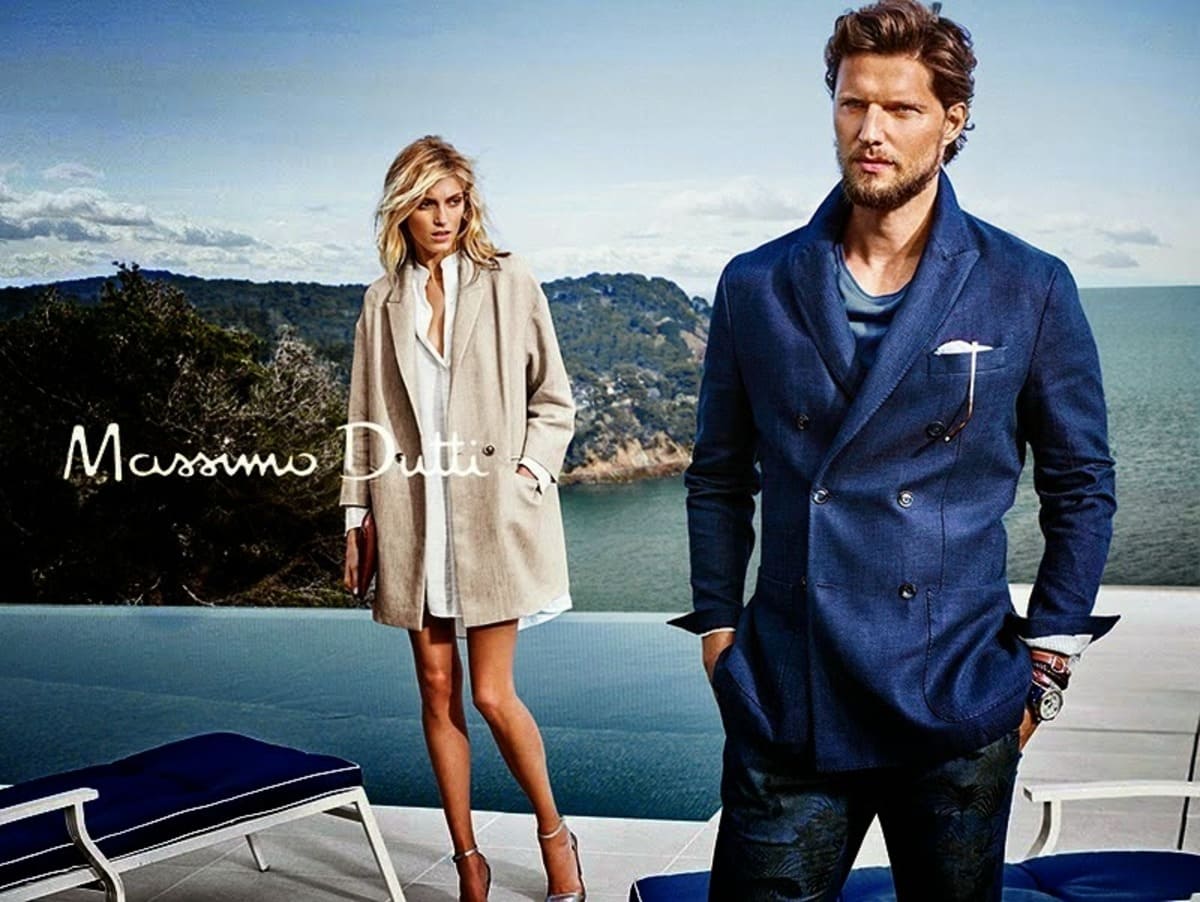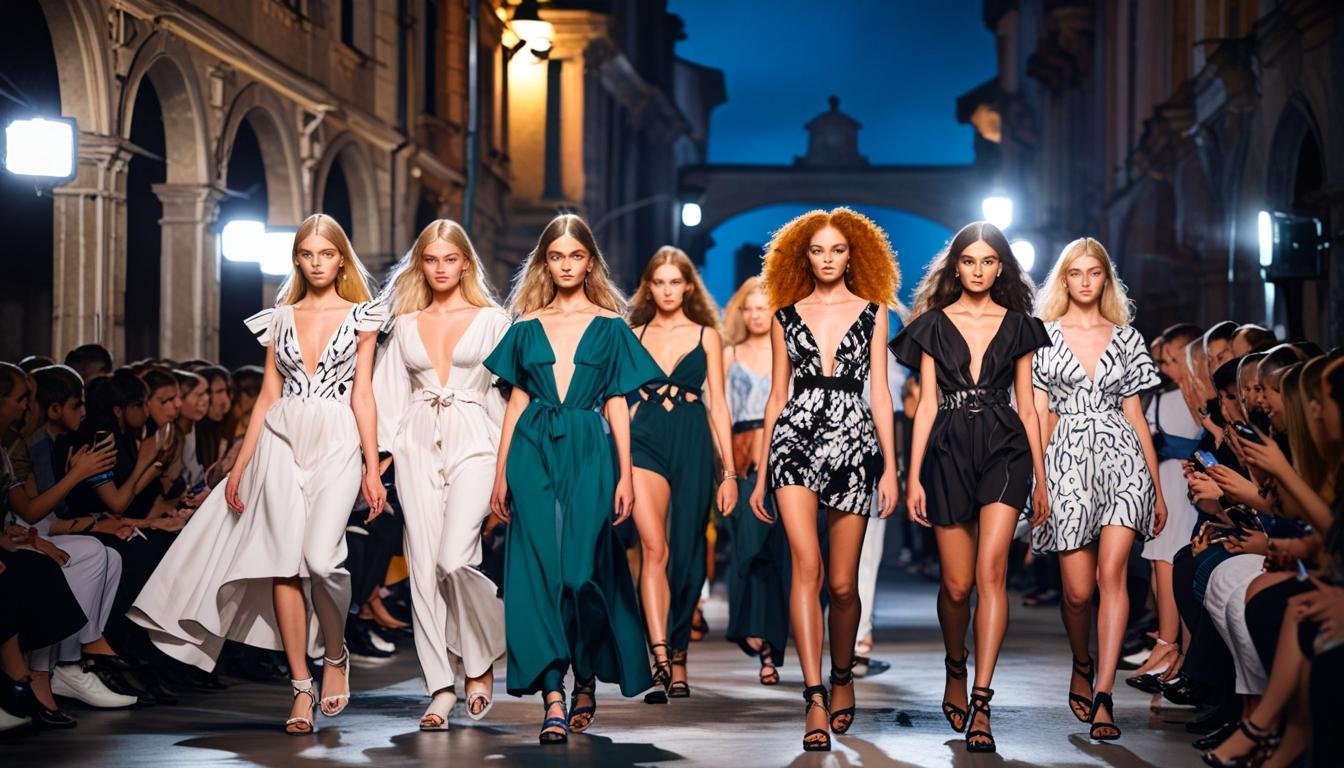Massimo Dutti has been a cornerstone of premium fashion since its inception in 1985. Despite its Italian-sounding name, Massimo Dutti is a Spanish brand, established in Barcelona and now a prominent member of the Inditex family, which also includes well-known names like Zara, Pull&Bear, and Bershka. Initially focused on menswear, the brand expanded its horizons in 1995 to include women’s clothing, and in 2003, it introduced a children’s line. This diversification has cemented Massimo Dutti’s reputation as a versatile and high-end fashion label catering to a discerning clientele.
Throughout its history, Massimo Dutti has maintained a commitment to quality and elegance. Its collections are characterized by the use of luxurious materials such as cashmere and wool, appealing to urban professionals who value both style and substance. The brand’s evolution is not only evident in its expanding product lines but also in its branding, which has undergone several transformations over the decades. These changes in logos and tags are essential for vintage enthusiasts looking to identify and date their Massimo Dutti pieces.
The journey of Massimo Dutti’s branding provides a fascinating glimpse into its growth and adaptation to modern trends. From its early days with a bold serif font and a formal underline, to the introduction of a sleek emblem in the 1990s, and finally, to the minimalist and elegant design of today’s logo, each iteration reflects a step in the brand’s evolution. Vintage collectors can often determine the age of a Massimo Dutti item by these subtle changes, making logo identification a valuable skill in the world of second-hand luxury fashion.
Beyond fashion, Massimo Dutti is also known for its social responsibility initiatives. Since 2001, the brand has been actively involved in programs aimed at the social rehabilitation and professional integration of individuals with severe mental disorders or physical disabilities. This commitment to social causes is part of what makes Massimo Dutti not just a purveyor of fine clothing, but also a brand with a conscience. With stores dedicated to providing long-term employment for people with disabilities, Massimo Dutti continues to lead by example, proving that luxury and compassion can go hand in hand.
SS12 Massimo Dutti Collection Campaign
How to tell if Massimo Dutti is vintage from the logo
Massimo Dutti, known for its sophisticated and timeless style, has undergone several logo changes since its inception. These changes reflect the brand’s evolution and can help in identifying vintage pieces. Below is a guide to understanding the different eras of Massimo Dutti logos.
1985 to 1990 Massimo Dutti logo
- The first Massimo Dutti logo featured a distinctive serif font.
- It included an underline below the brand name, adding to its classic and formal appearance.
- The text was prominently capitalized and bold.
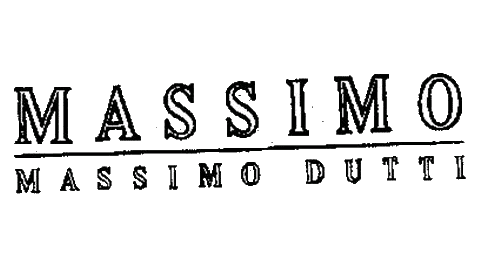
1985 to 1990 Massimo Dutti logo
1990 to 2024 Massimo Dutti logo
- This era introduced a more modernized version of the logo.
- The font became more refined and less bold, giving a sleeker look.
- An emblem with the initials “MD” in a shield was added above the text, reflecting a more prestigious and established brand image.
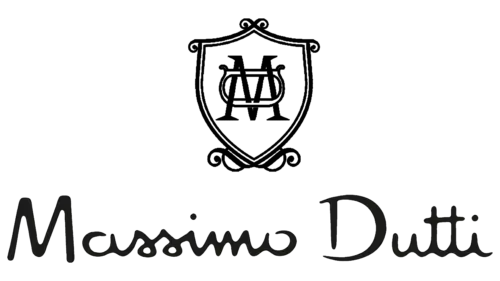
1990 to 2024 Massimo Dutti logo
2024 to now Massimo Dutti logo
- The current logo is even more minimalistic and elegant.
- The font is thinner and simpler, reflecting contemporary design trends.
- The emblem has been removed, focusing solely on the brand name in a clean and straightforward typeface.
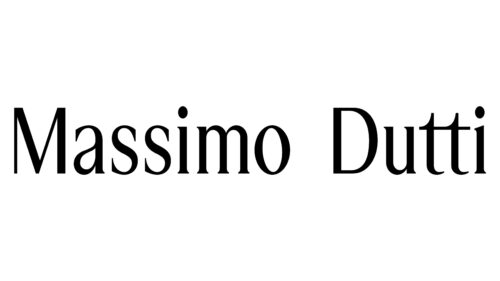
2024 to now Massimo Dutti logo
How to tell if Massimo Dutti is vintage from the tags
The evolution of Massimo Dutti tags reflects the brand’s changing aesthetic and production practices over the decades. Understanding these changes can help identify the era a particular garment is from. Below is a guide to identifying vintage Massimo Dutti pieces based on their tags, from the 1990s to the 2010s.
Can’t identify your vintage tags or labels? Upload a picture on our vintage tag identification page, and we’ll take care of it!
1990s vintage Massimo Dutti tags
- Tags often feature a simple, elegant font for the brand name.
- Typically black or white tags with “Made in Portugal” or “Made in Romania” inscriptions.
- Minimalistic design, focusing on brand name and manufacturing details.
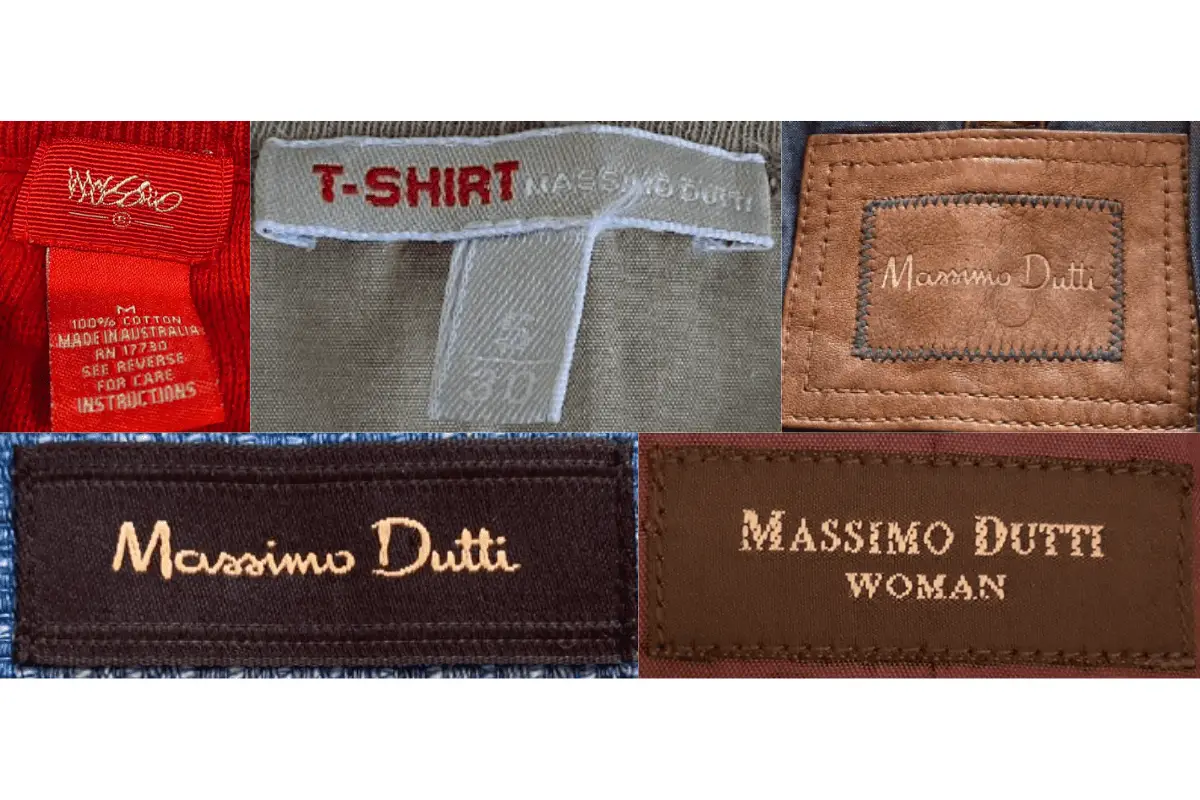
1990s Massimo Dutti tags
2000s vintage Massimo Dutti tags
- Introduction of tags with darker backgrounds, such as black or navy blue.
- Clear, bold lettering for the brand name, often accompanied by size indicators.
- Inclusion of the country of manufacture, like “Made in Portugal” or “Made in China.”
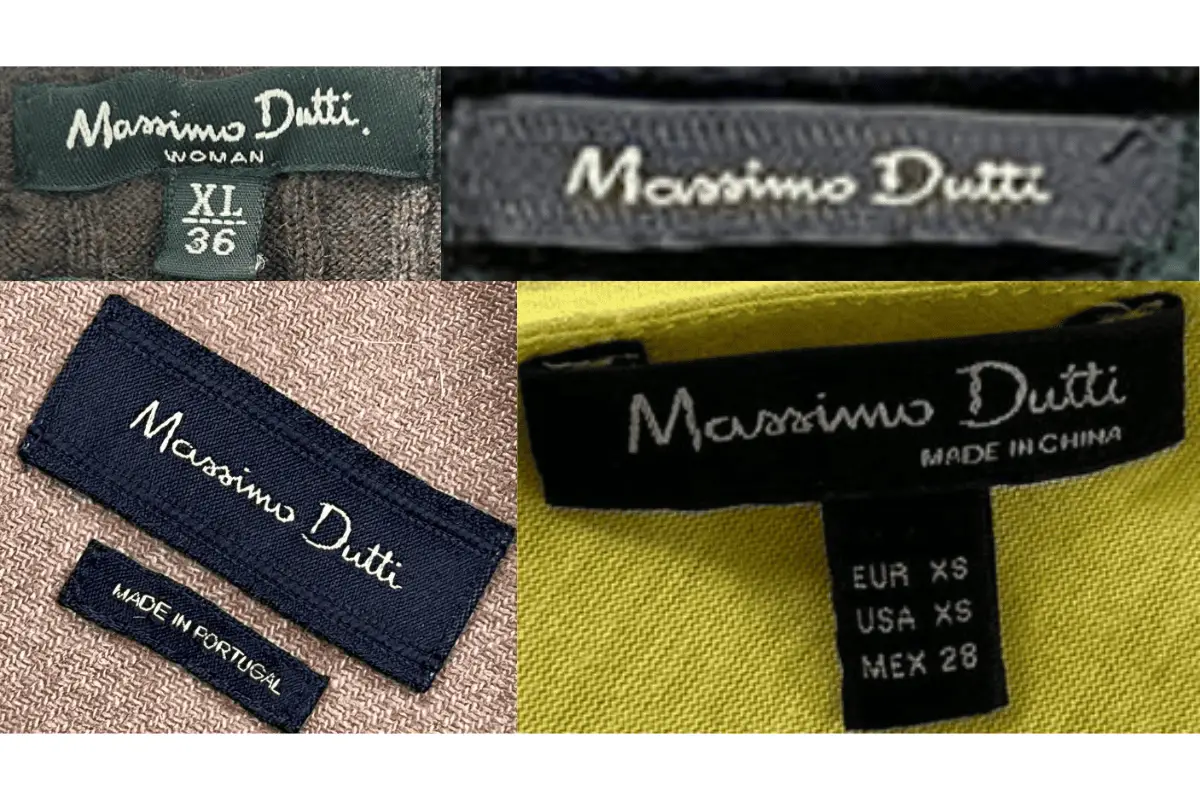
2000s Massimo Dutti tags
2010s vintage Massimo Dutti tags
- More diverse use of tag colors and materials, including leather patches.
- Consistent use of the elegant, cursive font for the brand name.
- Additional design elements such as the inclusion of “Woman” for female clothing lines.
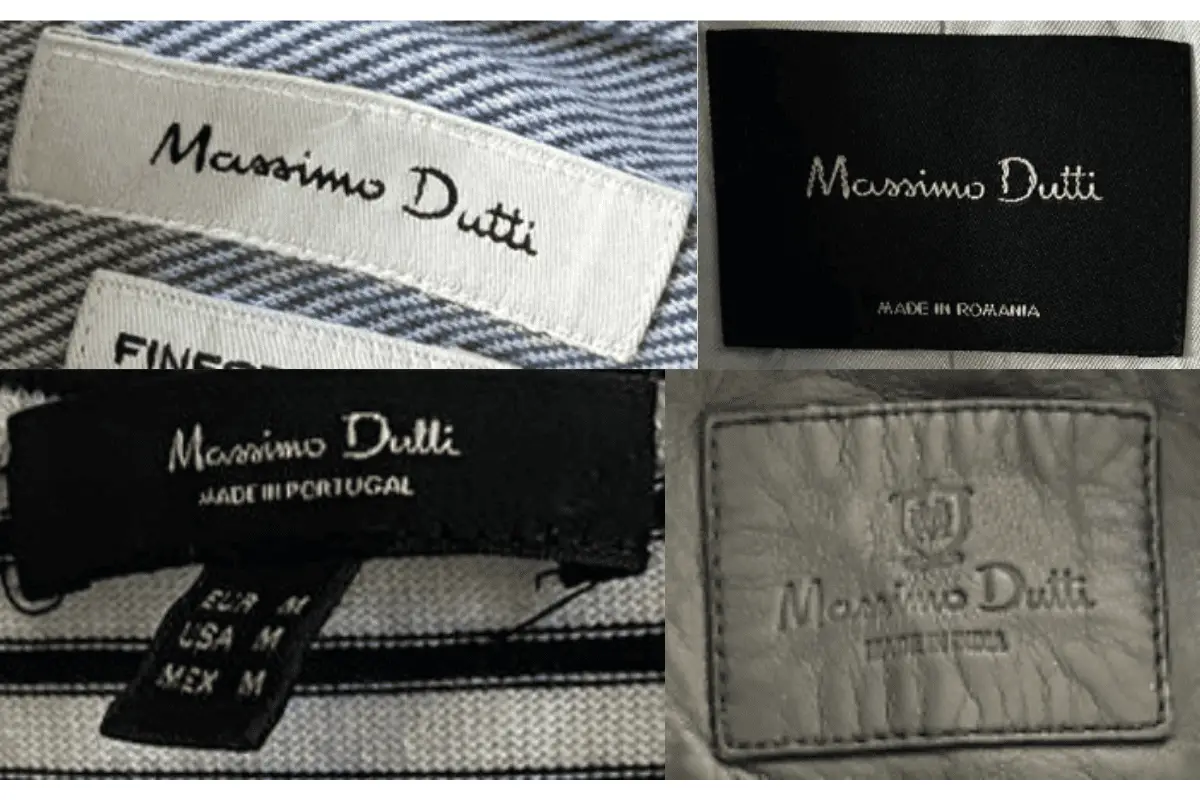
2010s Massimo Dutti tags
